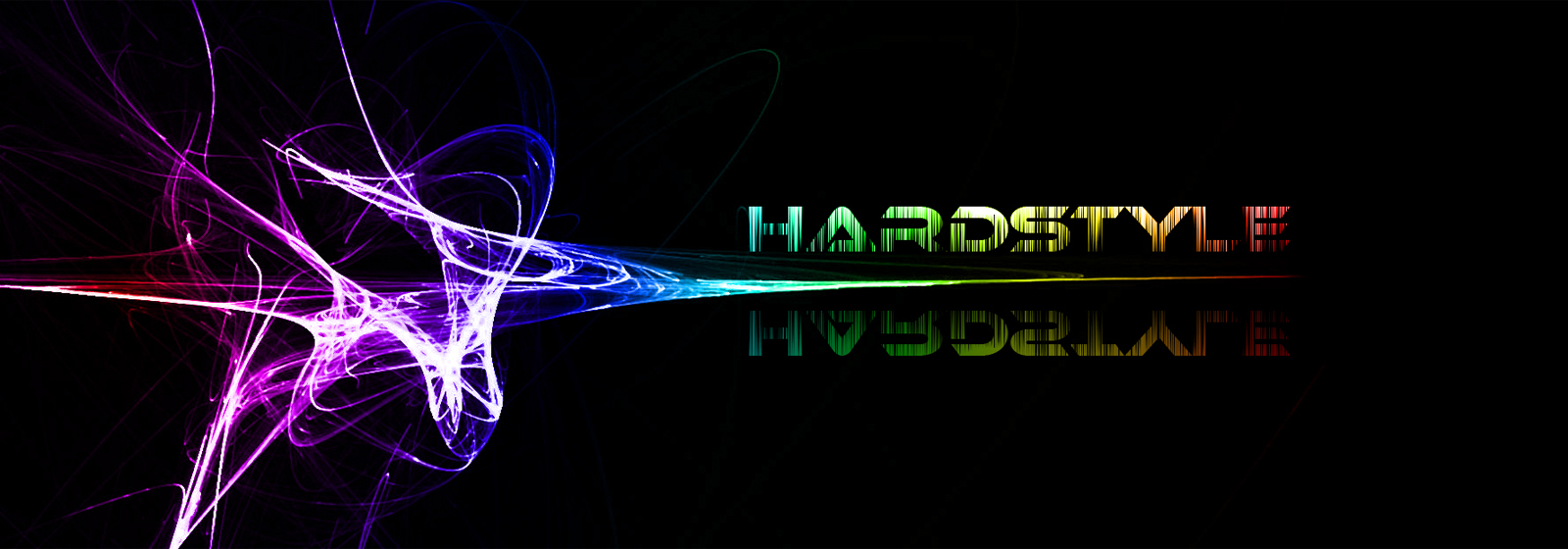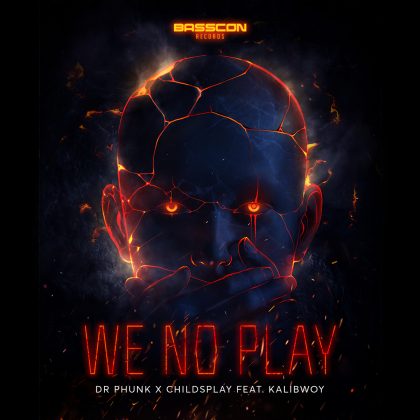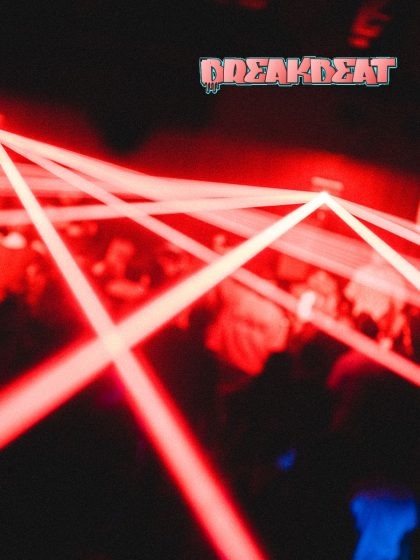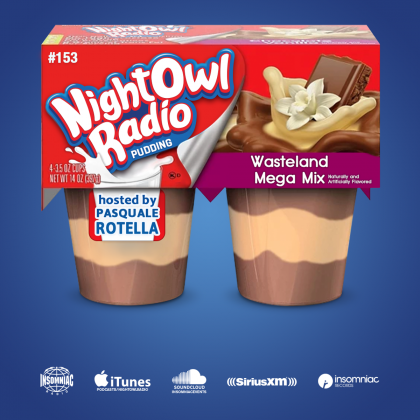How to Talk to Your Kids about Hardstyle

America, many would argue, is where EDM genres become commercialized enterprises. This is the country where dubstep evolved into massive, glitched-out opuses, leaving the genre’s greatest innovators in the dust. Like it or not, America is brostep’s country of origin.
So, naturally, when a dance music genre crosses over to the United States, hardcore fans are a bit nervous about how we’ll handle the process. With hardstyle becoming the most talked-about thing in EDM since, like, trap, the sound is evolving from its Dutch origins at warp speed, with producers innovating, growing their audiences, and losing a few hardcore fans in the process.
Sonically, hardstyle traditionally falls somewhere between the warped bass drum of gabber and the constant reverberation of hard trance. It is layered with demonic robot voices, intense, thumping bass, and detuned, operatic synths. And it’s fast. Like, 140-150 bpm fast. Donkey Rollers, High Voltage, and Lorenzo De Preti are all producers of straight-ahead hardstyle, while the latest productions from Brennan Heart (check “Life That We Dream Of”) are more geared toward “modern hardstyle.”
For some, however, hardstyle is now considered the “lowest common denominator” of EDM. A few just think it sounds like Optimus Prime having sex in a junkyard. For others, hardstyle is one of the most intricate forms of EDM to produce; deamau5, for example, certainly had his issues creating a listenable hardstyle mix during his feud with Wildstylez. Like others in the scene, deadmau5 may have bought into the stereotypes that continue to misrepresent hardstyle as simplistic kick and bass created for shuffling raver kids. Today, slowing down the bpm, or incorporating other genres such as trap, occasionally leads to blowback from hardcore fans that curse the genre’s evolution.
Whatever your stance, the fact remains that hardstyle is, at the moment, the biggest thing in EDM.
For the first time, we see American blogs picking up on what we’re doing with our hardstyle thingy.
Born more than a decade ago in Amsterdam and quickly spreading into Belgium and Italy, early hardstyle productions focused on straight-ahead thump (slower, and more influenced by hard trance). Tuneboy, DJ Lady Dana, and The Prophet were all early pioneers. Soon, hardstyle productions began incorporating more bombastic and atmospheric elements—and a bpm jacked up to 150—but they still relied on old-school elements such as reverse bass and simple melodies. Evolving from the darker Dutch and Italian styles into a more euphoric form that incorporates diva vocals and sweat-dripping synths, hardstyle migrated to Belgium and Australia in 2004.
America’s first proper introduction to hardstyle began with the Q-dance stage at EDC 2012, when the European promoters brought the hardstyle festival experience into North America for the first time. Since 1999, the Dutch promoters at Q-dance have done much to put hardstyle on the map. Early on, they worked with pioneering hardstyle labels like Scantraxx to build a scene and develop hardstyle festivals like Qlubtempo, Defqon.1 and Qlimax. They produced elaborate stage designs that relied heavily on sinister-looking characters and epic laser light shows. Today, they’re staging massive productions at the world’s biggest festivals and showcasing legendary producers, as well as rising scene stars like Lady Faith.
Their influence can be heard through festival headliners such as Hardwell and Tiësto, who now work the genre into their sets. Major labels like Ultra are now hunting for hardstyle talent as a result of Q-dance’s efforts. Superstar Headhunterz signed a global deal with Ultra in February 2013 and began collaborating with main-stagers like Krewella and Chicago trap outfit Flosstradamus, giving hardstyle mainstream exposure in the process. Dutch duo Showtek’s evolution from producing “The Colours of the Harder Styles” (the official anthem to Defqon.1 in 2006), to the scorching horns and big drop of their 2013 track “We Like to Party,” exemplifies how hardstyle’s biggest stars are changing their sound.
In March 2013, legendary producer Tommie Sunshine predicted that “hardstyle at 128 bpm” would be the next step in the genre’s evolution and the next big wave in electronic dance music. Furthermore, 2013 was the year that Dim Mak signed Belgian hardstyle producer Coone in an effort to globalize the genre.
The big festivals began to follow suit: TomorrowWorld 2013 had a Q-dance stage; The Sound of Q-Dance L.A. became the largest hardstyle festival in America; and Headhunterz, now a genuine brand, closed out EDC 2013. When Willem Rebergen (the man behind Headhunterz) wrote his Huffington Post op-ed “Bringing Hardstyle to America” in October 2013, it seemed that hardstyle had gone from a niche sound to a full-blown phenomenon in just a year. While the piece was a reaction to angry fans calling him a “sellout,” it was also an indicator of just how much buzz the scene had created as it evolved and established itself in America.
“For the first time, we see American blogs picking up on what we’re doing with our hardstyle thingy,” says Rebergen. “I suddenly got booked on big main stages, signed to a huge record label, etc. This of course raises the discussion: Will hardstyle be the next big thing? If there is one thing I expect from this, it’s that the least it will do is bring about a change in our genre.”
The change has been rapid. The genre that Q-dance had trademarked as hardstyle in 2002 (literally, they registered the word) is now officially part of mainstream EDM in America.
In 2014, hardstyle continues to make some major noise stateside. The Prophet released his first proper studio album in April, and Showtek joined Steve Aoki on the Q-dance stage at Mysteryland USA this past May. The second wave of hardstyle now blends elements of trap, pop and electro into collaborations that frustrate hardcore fans who want to keep the sound pure.
If you ask some old-school fans, Showtek and Headhunterz are no longer hardstyle producers—they’re “sellouts” of the new age. Others revel in the sound of modern hardstyle and dis fans that seem averse to change. Where hardstyle is headed—especially with its roots now firmly planted in America—is difficult to predict. Established names like Wildstylez, rising stars like Mr. Skeleton, and underground collaborations like Gunz for Hire and Psyko Punkz hold the keys to hardstyle’s future. The only question is whether America will properly manage the genre’s maturation without confusing commercialization with innovation.
“As hardstyle grows, these are the questions we must ask,” said Headhunterz. “Let’s see what the future will bring. Whatever that is, you can count on one thing: I will continue to be me and do my thing.”





